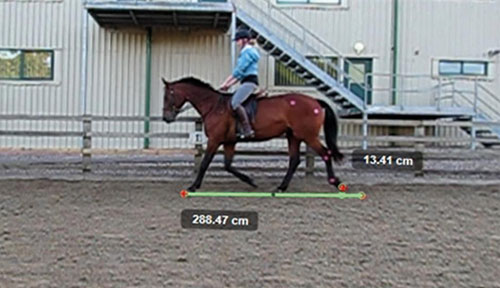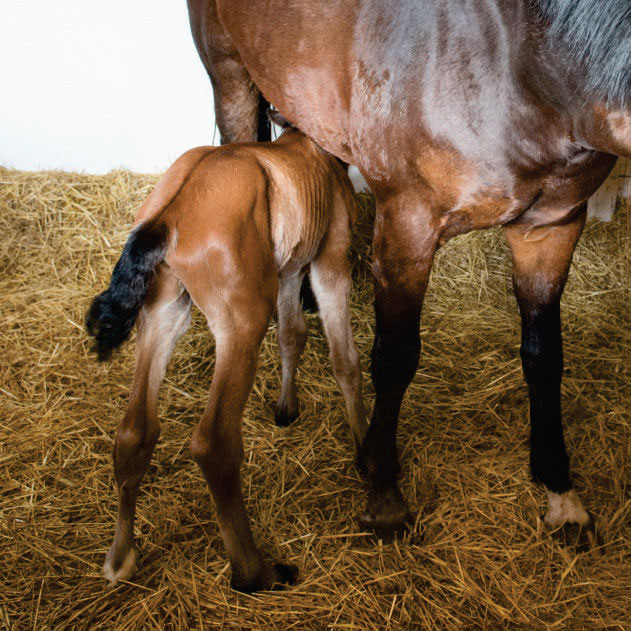All posts by McTimoney Animal
A preliminary study of the effect of McTimoney chiropractic treatment on equine back dimensions typically evaluated in saddle fit in ridden horses.
Support evidence that McTimoney chiropractic treatment can have a quantifiable effect on equine back dimensions immediately post-treatment, and up to three days following treatment
This may have implications on saddle-fit assessment during this time period
Increases evidence base of effects of McTimoney chiropractic treatments and factors influencing back dimensions
A study investigating the potential effect of equine brachiocephalicus muscle tenderness on forelimb kinematics.
Evidence that asymmetrical muscle tenderness in the brachiocephalicus muscle may influence forelimb kinematics
Results suggest when evaluating muscle tenderness by pressure algometry, site within the muscle may be important
An investigation into the relationship between asymmetrical loading of the stirrups by the rider and hind-limb kinematics of the horse during rising trot.
Evidence of a relationship between horse hindlimb peak flight arc asymmetry and rider stirrup force asymmetry
Providing further evidence and understanding of horse-saddle-rider interaction
When it comes to back care, size really doesn’t matter. In African safari elephants, does carrying a rider – or multiple riders – impact on musculoskeletal integrity?
Investigation of the effect of weight bearing on joint and limb segment angles in fore and hind limbs of the ridden elephant.
The presence of rider(s) influences MS angles and ROM in the limb segments and joints of elephants
The use of a saddle may modify the potential for musculoskeletal compromise.
Local McTimoney Animal Association (MAA) Practitioner presents research at the International Conference.
McTimoney animal practitioners, Eulalia Speaight, from Buckfastleigh, presented her research at the International Society for Equitation Science Conference last month in France. Eulalia conducted a study on the effects of head and neck position during feeding on the alignment of…
A preliminary study to investigate the prevalence and progression of pelvic axial rotations among neonate foals.
The importance of symmetry and musculoskeletal well-being in the ridden horse is widely acknowledged
Pelvic asymmetries may be present in new born foals, or certainly develop very early in life.
Positive evidence of pelvic axial asymmetry from birth to 8-9 weeks of age in foals.








